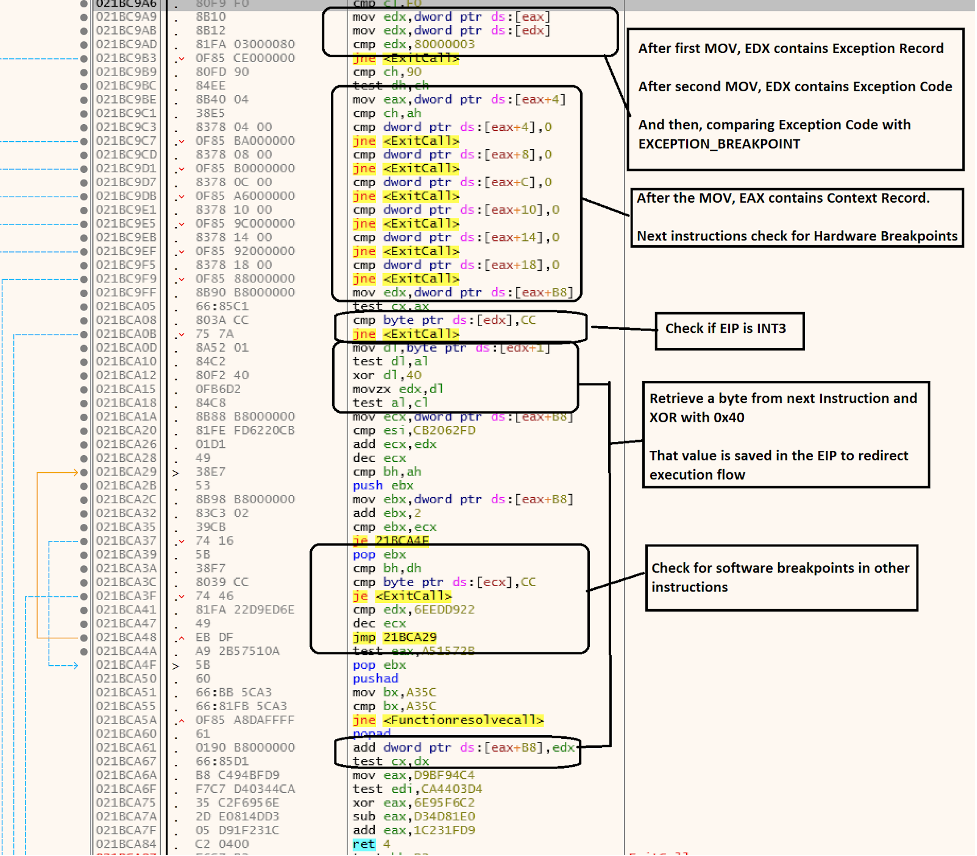An advanced malware downloader named GuLoader has recently been exposed by cybersecurity researchers at CrowdStrike. This advanced downloader has the capability to evade the detection of security software by adopting a variety of techniques.
While analyzing the shellcode of GuLoader, a brand-new anti-analysis technique was discovered by CrowdStrike through which researchers would be able to identify if the malware is operating in an adversarial environment or not. While this is done by examining the whole process memory for any VM-related strings.
Evolution of GuLoader Malware
On infected machines, GuLoader (aka CloudEyE) distributes remote access trojans like AgentTesla, FormBook, Nanocore, NETWIRE, Remcos, and the Parallax RAT using the VBS downloader.
GuLoader has been active since at least 2019 and has undergone several changes in its functionality and delivery methods. Over time, the malware has become more sophisticated, using various methods to evade detection and avoid being removed from infected systems.

It has also been distributed through other channels, such as exploit kits and hacked websites. While it has evolved over time and has been used in various campaigns to deliver a range of malware, including ransomware, banking Trojans, and other types of malware.
A strong anti-analysis technique was also deployed by GuLoader in order to avoid detection in order to remain undetected.
GuLoader exhibits a three-stage process, the VBScript script will first inject the shellcode embedded within it into the memory, then the next stage of the process will execute anti-analysis checks that will protect the code from being analyzed.
Furthermore, the shellcode also incorporates the same anti-analysis methods in order to avoid detection by third parties. It is through this shellcode that an attacker is able to download a final payload of their choice and execute it with the same anti-analysis methods as the original shellcode on the host that is compromised.
Detecting breakpoints used for code analysis is done with anti-debugging and anti-disassembling checks in the malware.

There is also a redundant code injection mechanism that can be used to avoid the use of a NTDLL.dll hook that is commonly used by antivirus programs and EDRs.
In order to detect and flag processes on Windows that may be suspicious, anti-malware engines use NTDLL.dll API hooking.
Anti-Analysis Techniques
Here below we have mentioned the anti-analysis techniques used:-
- Anti-Debugging
- Anti-Virtual Machine
- Process Hollowing
It was pointed out by experts that GuLoader remains a treacherous threat that is constantly evolving as it continues to develop. Furthermore, experts also provided indicators of compromise for the latest version of the downloader, as well as other key information.
Managed DDoS Attack Protection for Applications – Download Free Guide
Source: gbhackers.com










